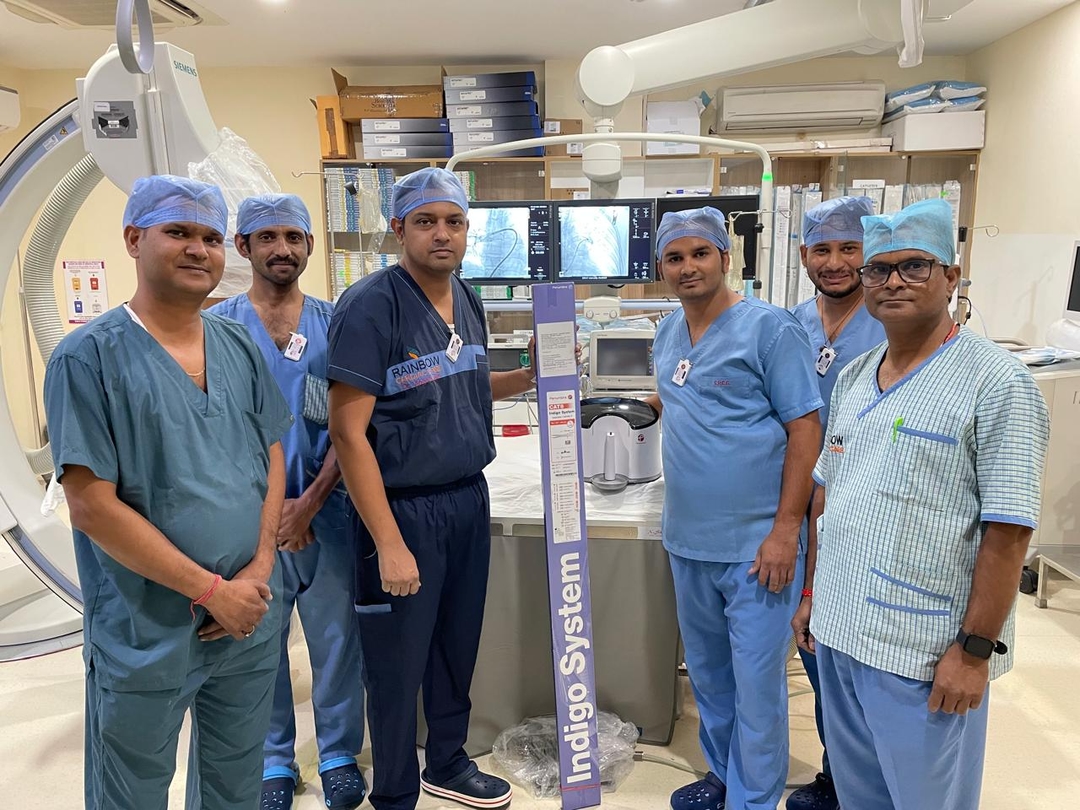
All you need to know about Painless delivery
By Ujala Cygnus
Reviewed by : Jalaz Jain
January 27, 2023
Overview
Painless delivery or delivery with labour analgesia is a particular type of technology that uses an epidural drug to reduce pain during childbirth. Before the normal delivery, an anesthesiologist gives an epidural injection that reduces the labour pain and makes it easier for the patient to have a virtually painless delivery.
Who Are the Best Candidates for Painless Delivery?
The following conditions make a good candidate for painless delivery:
Who Should Not Consider Painless Delivery?
The following does not make a good candidate for painless delivery:
How to Prepare for Painless Delivery
Just like any other normal delivery, patients are required to make some preparations for painless delivery. It is essential to talk to your doctor about the usage of an epidural, its benefits and potential risks in advance. The doctor will advise certain practices for pushing with an epidural. Moreover, the doctor will also conduct some tests to determine whether the usage of an epidural is safe for the patient or not. Apart from this, the doctor may suggest the following to prepare for painless delivery
How Painless Delivery Is Done?
Before the painless delivery, the doctor will give intravenous or iV fluid fluids. Next, the patient is asked to arch her back and remains still while sitting up. The posture helps to increase the efficiency of the epidural injection. The doctor then cleans the lower back area and inserts a catheter into the epidural space — a space between vertebrae and the membrane that covers the spinal cord. The doctor then administers the epidural drug into the area that numbs the pain. It usually takes 10 to 30 minutes for the pain to be relieved by the epidural. Depending upon the condition, the doctor may give various types of epidural, including:
This combination of analgesics and anaesthetics is given via a tiny tube in the lower back.
This single shot relieves the pain and is inserted directly into the spinal cord. This type of epidural is generally given in C-section delivery.
This is a combination of the above epidural and spinal blocks. It is also known as a walking epidural.
Possible Complications
Epidural is generally considered a safe option for both mother and baby during normal delivery. However, just like with any other surgery, there are chances of some complications, including:
Taking Care of Yourself After Surgery
Recovery from painless delivery may take a while. You may experience sore breasts, constipation, hot and cold flashes, urinary or faecal incontinence, and more. Your doctor will provide detailed post-operative instructions for a speedy recovery. These may include:
Loading...










